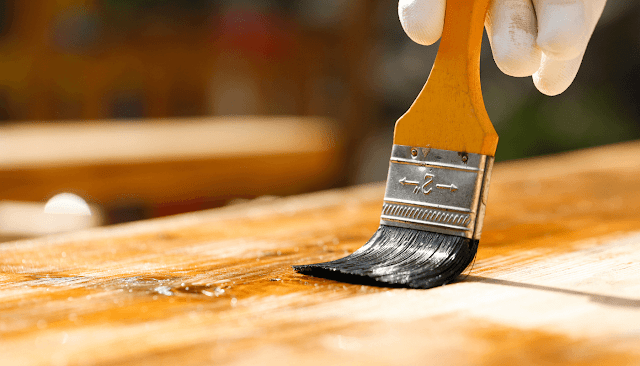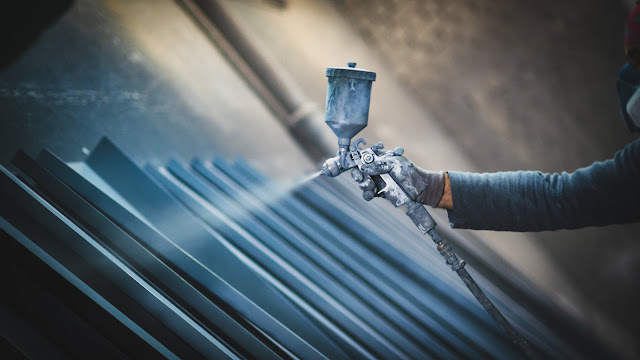Wood Preservatives: Protecting and Enhancing the Lifespan of Timber

Wood preservatives Wood preservatives are substances used to protect and enhance the lifespan of timber by preventing deterioration caused by pests, decay, and environmental factors. They are applied to wood surfaces to extend its durability, enhance its structural integrity, and reduce the need for frequent replacement. Preserving wood is essential because untreated wood is susceptible to various threats. Insects, such as termites and beetles, can cause extensive damage by feeding on wood fibers. Additionally, fungi and bacteria can lead to wood rot, compromising its strength and stability. Exposure to moisture, UV radiation, and weathering can also degrade wood over time. They come in different forms, including paints, stains, oils, and chemical treatments. These treatments penetrate the wood, creating a protective barrier that inhibits or repels pests, prevents fungal growth, and shields against environmental factors. Chemical wood preservatives are commonly used for long-term pro

